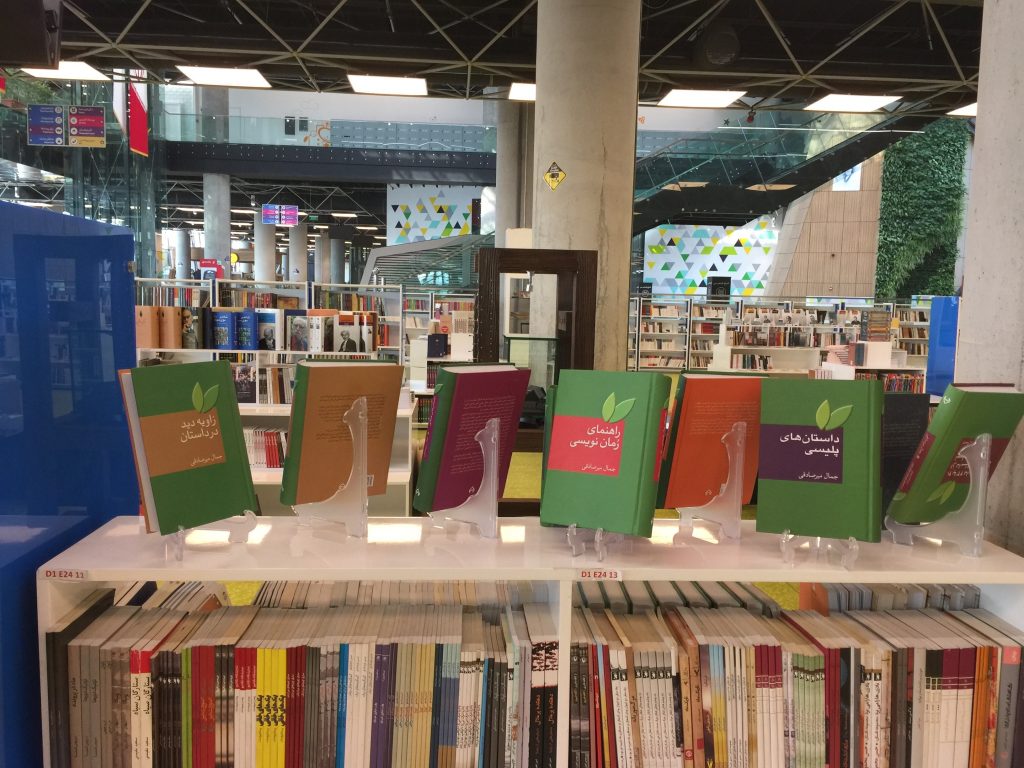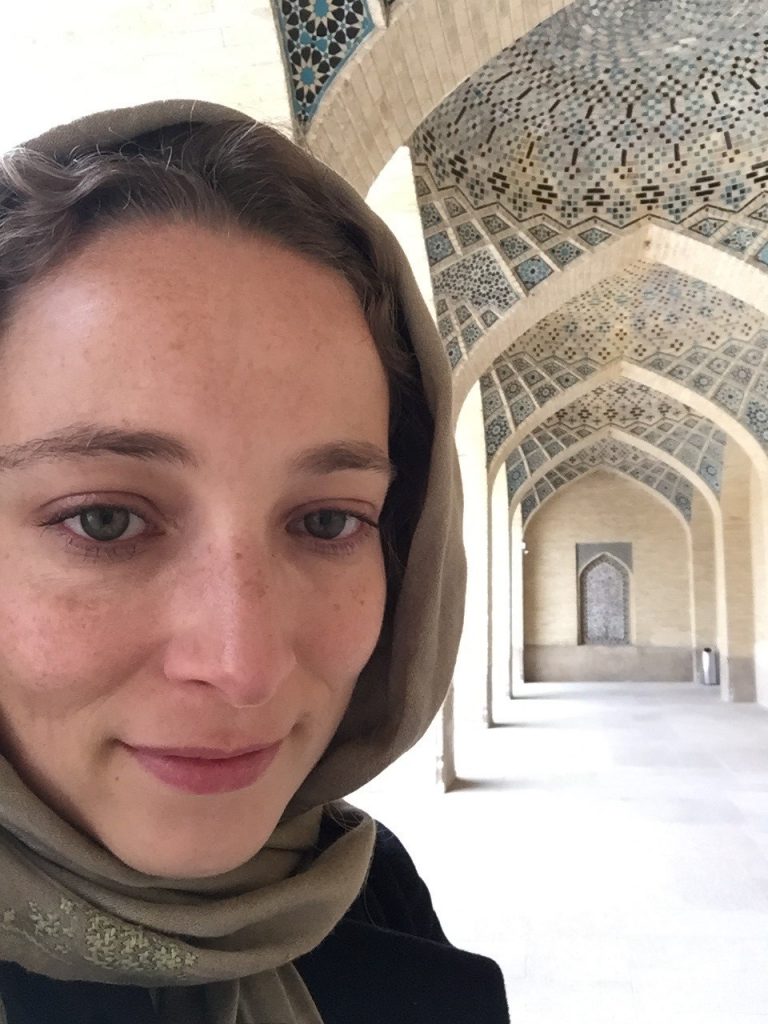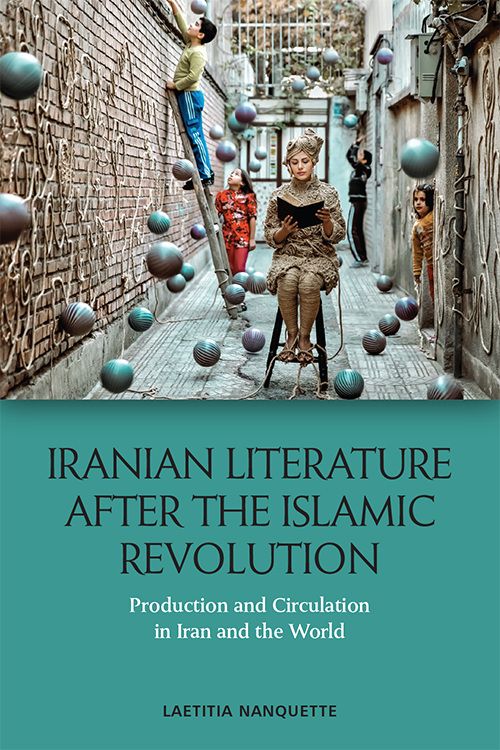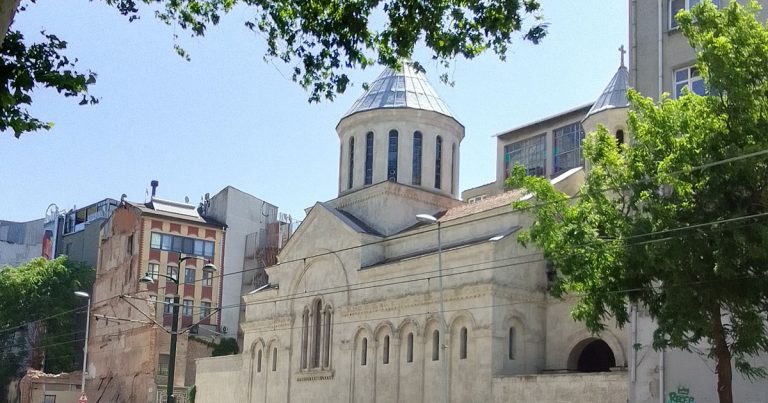
By Laetitia Nanquette
Laetitia Nanquette, author of Iranian Literature after the Islamic Revolution: Production and Circulation in Iran and the World discusses the process of writing her book in this new interview.
Could you tell us a bit about your book?
This book analyses the field of contemporary Iranian literature. I study how literature, mostly prose, has functioned and circulated since the 1979 revolution until the present, both within Iran and in countries of the Iranian diaspora, focusing on North America, Western Europe and Australia. I take Iran as my starting point, revealing the forms, structures and functions of Iranian literature within Iranian society, before turning to the global diaspora. My aim is to study post-revolutionary Iranian literature comparatively. The comparison is on two levels: the relationship of the literary field with other fields, the political, social, and economic; and the analysis of Iranian literature in a global context, rather than the focus on one specific national context in the diaspora, like Iranian-Americans for example, on whom there has been important scholarship.
What was the most exciting thing about this project for you?
Going to Iran multiple times and meeting with literary practitioners in different countries was the fun part of this project. I lived in Iran in 2005-2006 and have been going for fieldwork and travel since. Attending literary events, wandering bookshops and book fairs, meeting with publishers, translators, writers, it has been wonderful to be able to do this both in Iran and in the main countries I study in the book: the US, the UK, France and Australia, countries where I have lived in the past 12 years, due to the wanderings of academic life.

Did you discover anything particularly strange or surprising?
Some readers may find my conclusions regarding the enclosure of the Iranian literary field bleak. Post-revolutionary Iranian literature within the country suffers profound constraints, those imposed as a result of sanctions from the US government and the European Union; issues pertaining to censorship, as well as the internal divisions of the Iranian literary field. The gap between Iran and the diaspora is another element that adds to this enclosure.
When I started working on this project, my premise was that literary texts and practitioners between iran and the diaspora exchanged a lot. This was based on what I had experienced about exchanges in general, and in culture, in Iranian cinema as well as Iranian music. Lulled by the Tehrangeles music that played in shared taxis in Iran, I thought that similar cultural exchanges existed in the literary field. However, my findings have largely underscored the divide between Iran and the diaspora when it comes to literary production and circulation. While the Iranian diaspora is far-ranging and is otherwise well-connected to the motherland, it is not so much the case when it comes to literary exchange, and definitely not on the same scale as music or cinema. In this context, the work that some publishers, writers, translators and cultural institutions are doing to bridge the gap is even more inspiring.
Did you get exclusive access to any new or hard-to-find sources?
I’ve been lucky enough to discuss with many literary practitioners, who have shared their knowledge and insights with me. I am truly grateful to them. They have helped me understand the complexity and sophistication of the Iranian literary field both in Iran and in the diaspora. I also had access to some data on literary production from the Iran Book House, which have been useful to give precise numbers about the literary field.

What is for you the main takeaway from this book?
It’s a book that shows what literature can tell us about post-revolutionary Iran and its culture. My aim is to describe the Iranian literary field in all its complexity, its variations, its disjuncture. I want to narrate several aspects of the story of contemporary literature: within Iran and in the diaspora; the independent and the governmental fields; canonical literature as well as popular and children’s literatures; the local, the national and the global levels and all the informal connections in between. At the end of this project, I’m even more convinced that all these voices and strands need to be understood in their relations to one another, in order to analyse the state of contemporary Iranian literature and to show its richness.
About the author

Laetitia Nanquette is Senior Lecturer in the School of the Arts and Media at the University of New South Wales, Sydney, Australia. She studied in France, the United Kingdom, Iran and the United States before coming to Australia. Nanquette was a fellow of the Australian Research Council between 2015 and 2019. She travels to Iran for research fieldworks and translates contemporary Persian literary texts into English and French.

Her first book was Orientalism Versus Occidentalism. Literary and Cultural Imaging Between France and Iran Since the Islamic Revolution (I.B. Tauris, 2013). Her work on Iranian literature has appeared in leading journals including Iranian Studies, The Translator, Interventions. Iranian Literature after the Islamic Revolution is available May 2021 from Edinburgh University Press.





